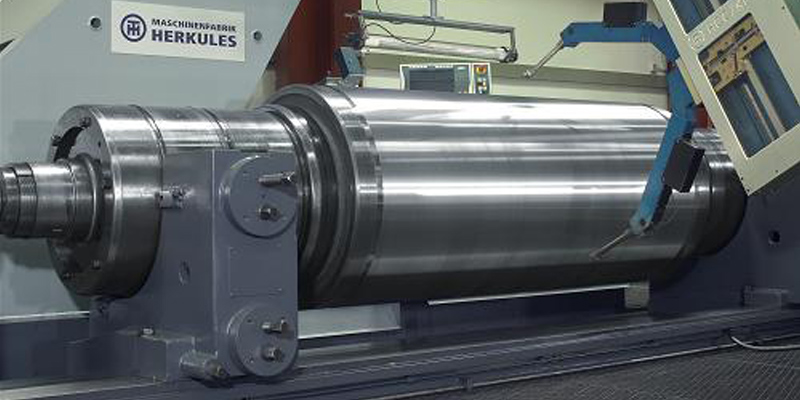Roll Grinder Monitoring
Steel and aluminum mills know that monitoring the roll grinding process for quality control improves the performance of work rolls and back-up rolls (BURs) used throughout the mill.
Work rolls touch all product surfaces that pass through a mill. Therefore, any pattern or lead line on these rolls is imparted onto the strip surface. Grinding chatter can lead to both 3rd and 5th octave mill chatter, which increases mill downtime and shortens roll life.
Today, advanced monitoring technology enables roll shops to dramatically reduce hidden roll surface imperfections. The direct impact on mill performance is significant. A recent study conducted by a major steel mill documented the elimination of unscheduled BUR changes coupled with a 7% increase in mill production.

AS-240 GrinderMon™ provides real-time feedback for roll shop operators and managers to see the vibration signature being transcribed onto the rolls. Alarm limits can be set to control the acceptable vibration values during the different parts of the grinding cycles.
The system interfaces with the grinding controls to obtain roll parameters (diameters, depth of cut) and operating parameters (wheel load, traverse, normal force, overlap ratio, and aggressiveness). Grinding process data is automatically saved by roll ID and a summary page is printed for quality control documentation.

